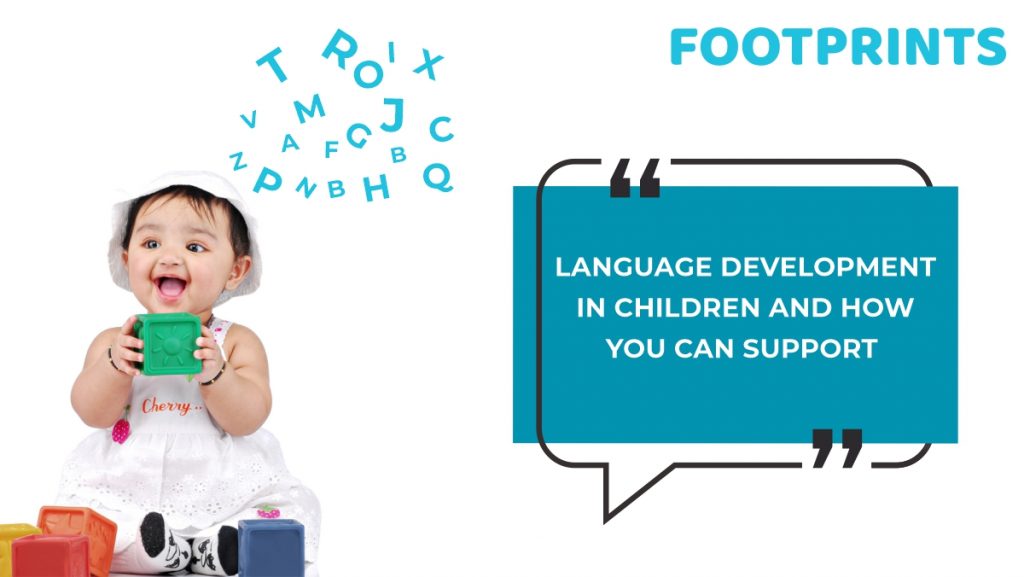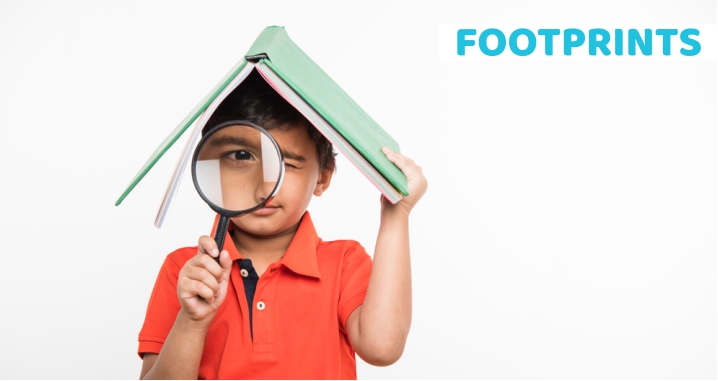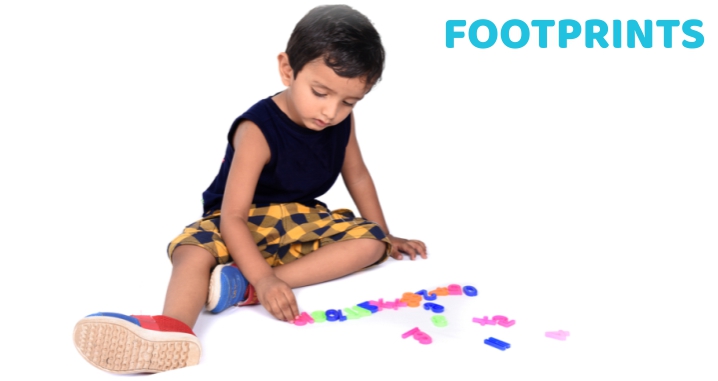

Speech, language, and communication play a critical role when it comes to the development of preschoolers. From helping the child understand what is going on around them, to communicating their basic needs and feelings, developing relationships, solving problems, and more, there is a lot that language development in children can help with. Since the beginning of the pandemic, however, with access to play schools being restricted, language development has regressed for a sizeable number of children.
The fact remains, that both parents and teachers can play a rather significant role in helping to support & improve language development outcomes. Before looking at some of the strategies that can be followed in improving language development, it will be worthwhile to look at what is language development in early childhood, particularly when it comes to preschoolers.
What is Language Development in Early Childhood?
Speech and language development involves four main components:
- Phonetics and phonology: This refers largely to pronouncing speech sounds as well as understanding the broad rules that govern it.
- Semantics: This is to do with learning vocabulary and understanding how concepts convert into words
- Syntax and morphology: This refers to the rules of arranging words in sentences.
- Pragmatics: This involves learning social rules for using language as also learning non-verbal communication.
When it comes to language development in preschoolers, particularly language development for 2-3 years, the key developmental milestones include:
- Ability to construct sentences of three or four words.
- Using plurals and past tenses.
- Overall responsiveness with improved conversational skills

Strategies to Support Language Development
Clearly to master the rules of speech and language development and to be able to communicate efficiently, children need lots of input from adults. While TV or computer games can be educational, they cannot replace the learning the child gets from adult interaction. Below are some handy strategies that can be put into use to encourage language development in preschoolers:
1. Be a role model
There isn’t a better way for children to learn than by copying adults. Be sure therefore to:
- Speak clearly and slowly so that the child can follow you.
- Use short sentences.
- Model the right pronunciation and sentence structure.
- Tempting as it may be, avoid using baby words for objects, parts of the body, and more.
- Make appropriate signs or actions that help them to understand the meaning of your words.
- Offer enough opportunities for them to respond to you.
- Do not interrupt them as they speak. Frequent corrections as they try to speak can turn out to become a big demotivator.
2. Have Conversations
Ensure you have conversations with the child as that is the best way to expose them to vocabulary, sentence structures, and more. To make conversations impactful, you can build on what the child says. So, for example, if the child points to his toy car, it will help to say “yes that is a red car”. Similarly describing to the child what you are doing can become small coachable moments to teach the child language as well as life skills.
3. Read, Read, Read
There is nothing quite as effective as reading aloud to children in the early years. Along with the child’s favorite books try and read a wide variety of books for them to be exposed to different storylines and vocabulary. It will help to use intonation as well as point out words as you read them. It is also a great idea to allow children to guess what will happen in the story next or to even finish sentences for you.
4. Games
Games can be yet another opportunity for making great conversations, besides bonding with the child. From getting the child to describe a hidden object to playing I spy, there is a world of options. Pretend Play is yet another game that can spark a lot of conversation. You can also get the child to dress up as a character from their favorite book and speak like them.
5. Rhymes
Songs and rhymes can go a long way in a child’s development. Rhythmic patterns, repetitions, and more in rhymes encourage early learning. Number rhymes also introduce children to numbers, patterns, and sequences.
They not only help the child to differentiate sounds and learn new words, going forward they also prepare the child to learn to read.
Some of the many advantages that rhymes offer, include:
- Learning new words and building vocabulary
- Identifying different rhythms
- Developing listening skills
- Recognizing repeated sound patterns
- Improving coordination, and more.
To Sum Up
Creating a language-rich environment is the key to language development in children. Having plenty of books around, creating reading nooks, and having colorful displays with words, can all go a long way in offering an environment that is conducive to language development in preschoolers.


